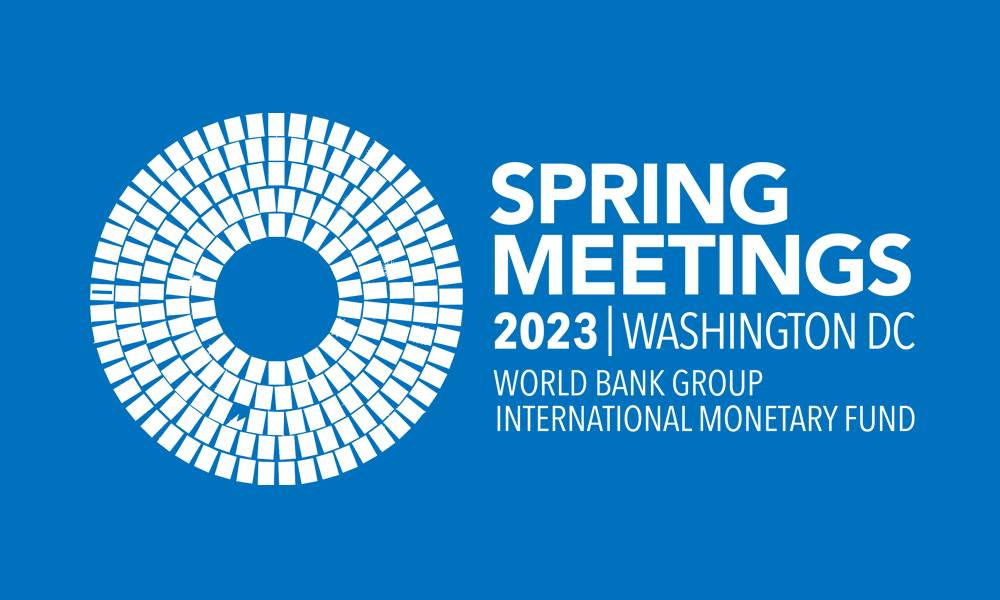News
Gender Responsive Procurement
In today’s economy, less than one per cent of spending by large businesses on suppliers is earned by women-owned businesses. Investing in women-owned businesses and integrating them into corporate supply chains is “smart economics” and good for business. Women-owned businesses contribute significantly to the world economy, generating millions of new employment opportunities.
Gender-responsive procurement is a sustainable selection of services, goods or civil works that takes into account the impact on gender equality and women’s empowerment. UN Women strives to ensure that all operations, including procurement processes, support its mandate for the elimination of discrimination against women and girls, the empowerment of women, and the achievement of equality between women and men. UN Women’s focus on gender responsive procurement is thus in line with the strategic aim of the organization to empower women globally. Gender-responsive procurement provides an opportunity for the procuring entity to expand its global markets, diversifies its supply chains while simultaneously growing the economy and improving the lives of women and girls around the globe.
In 2019, the United Nations (UN) spent almost USD 19.9 billion on purchase of services, goods and civil works to fulfil its functions. Together with governments, companies and other non-governmental organization, the procured value amounts to trillion of dollars globally. Yet, less than 1 % of women-owned businesses access the procurement market and are awarded the contracts (Vazquez & Sherman, 2013).
Women entrepreneurs are a growing economic force and represent a significant share of employment generation and economic growth potential. It is estimated that Small and Medium Enterprises (SMEs) with full or partial female ownership represent 31-38 percent (8-10 million) of formal SMEs in emerging markets (IFC 2011). Public procurement spending accounts for approximately 10-15 % of the Gross Domestic Product (GDP) in developed countries and over 30 % of the GDP in developing countries (ITC, Empowering women through public procurement, 2014). Procurement, supplier diversity and inclusion can thus be used as a powerful tool to economically empower women and to combat poverty by increasing the income of women and ensure sustainable social and economic benefits.
In this regards, governments and international organizations recognize that empowering women and women owned businesses is a catalyst for achieving gender equality and the internationally agreed goals and commitments.
The Gender-Responsive Procurement Guidance Note helps companies implement the Women’s Empowerment Principles (WEPs). In line with Sustainable Development Goal 5 of achieving gender equality and empowering all women and girls, the guidance note specifically aims to support WEPs signatories in prioritizing, establishing and implementing gender-responsive and ethical procurement practices without compromising quality, efficiency, cost savings and value for money.





